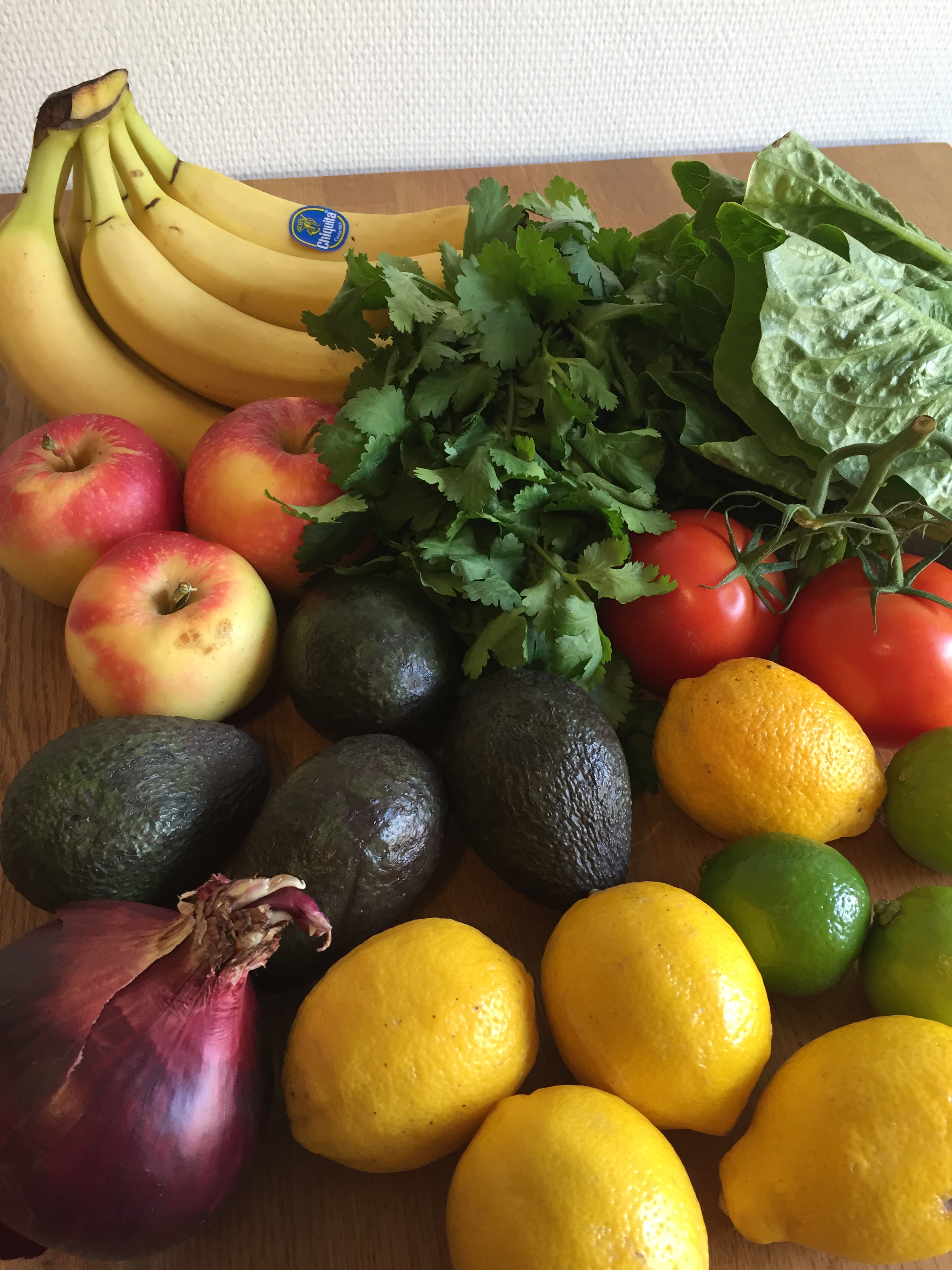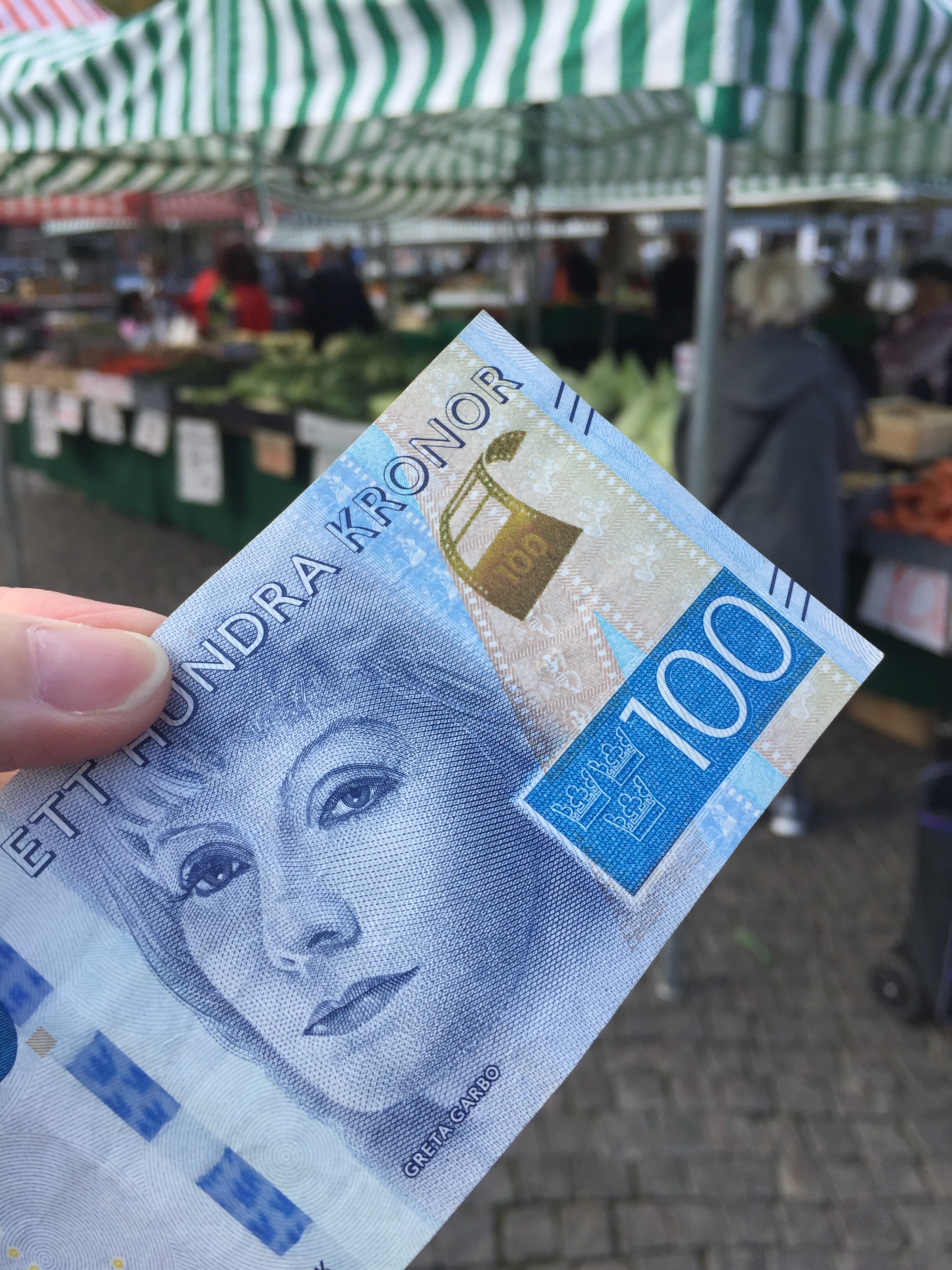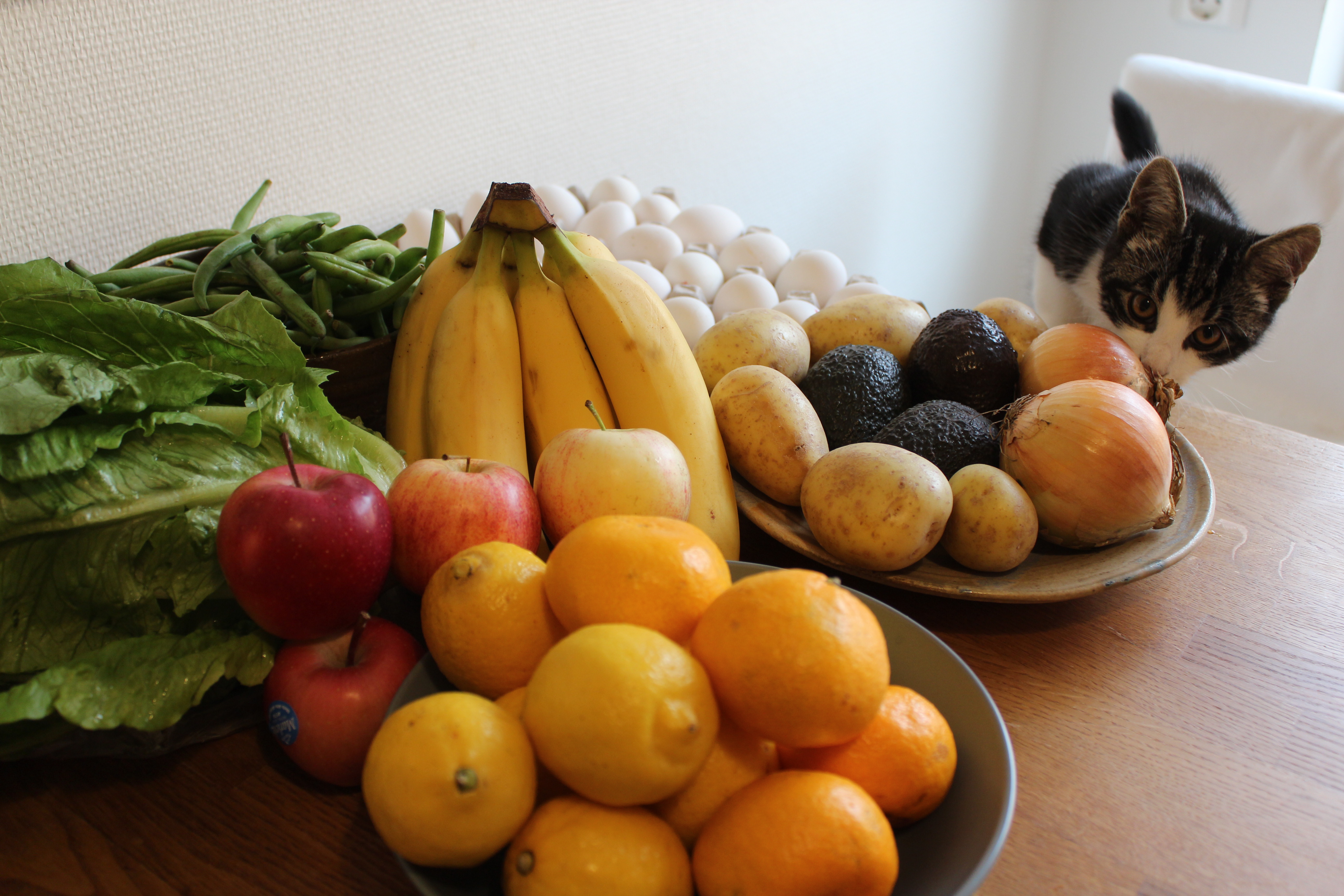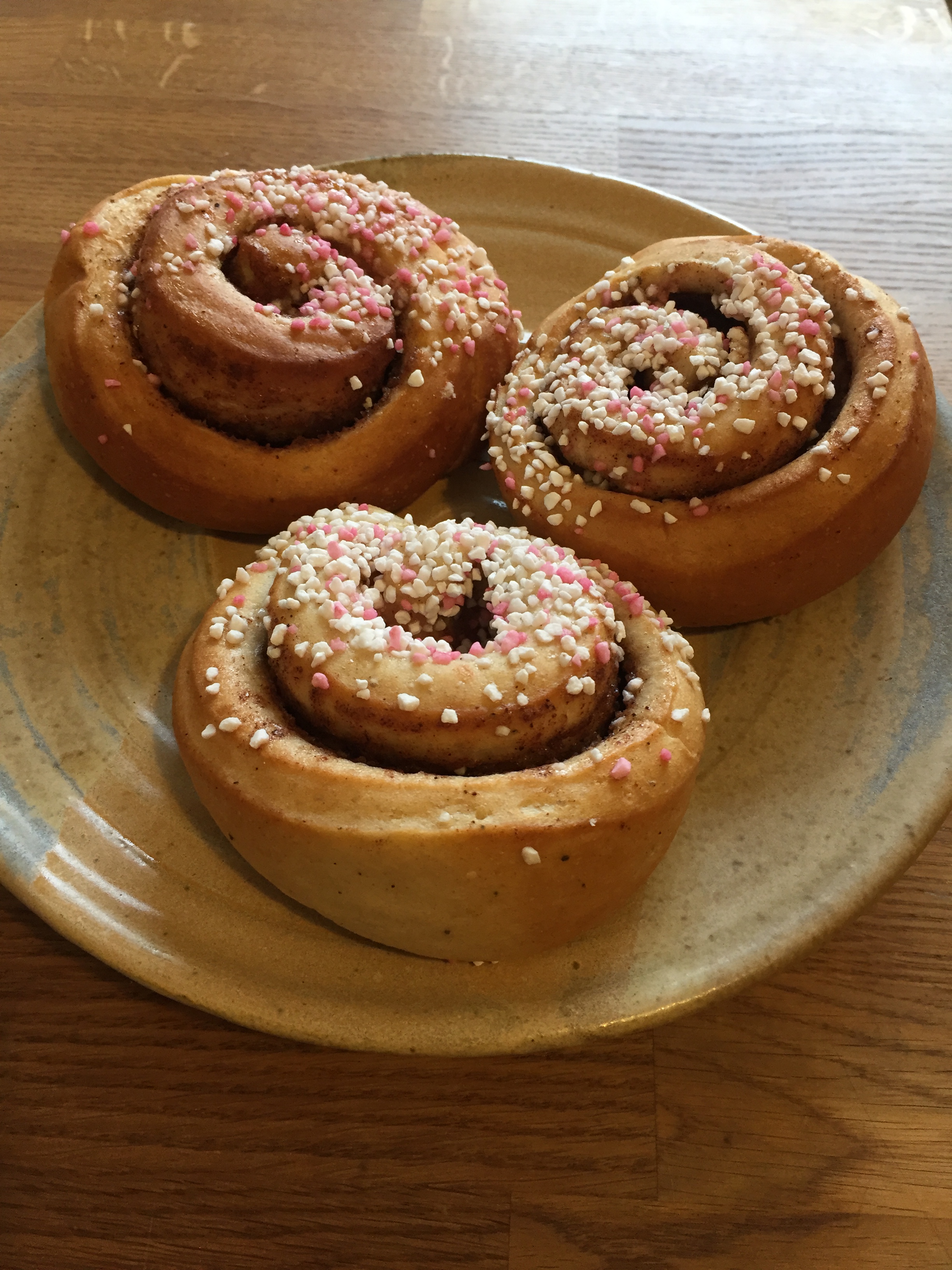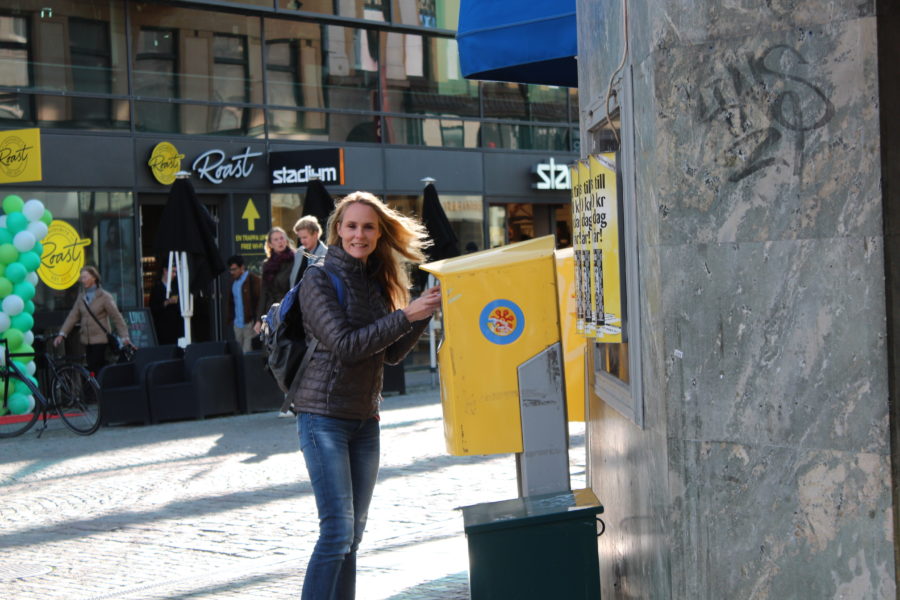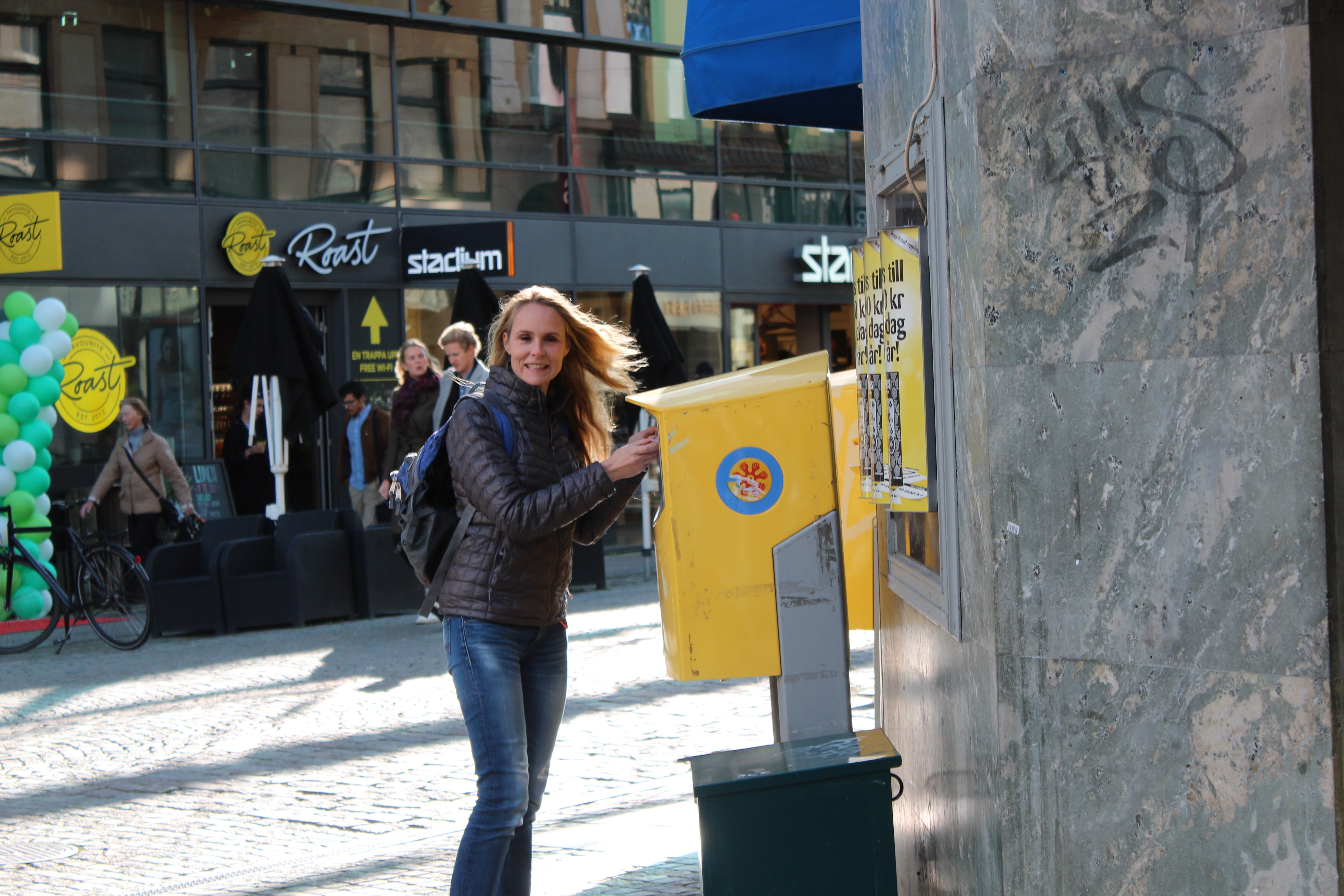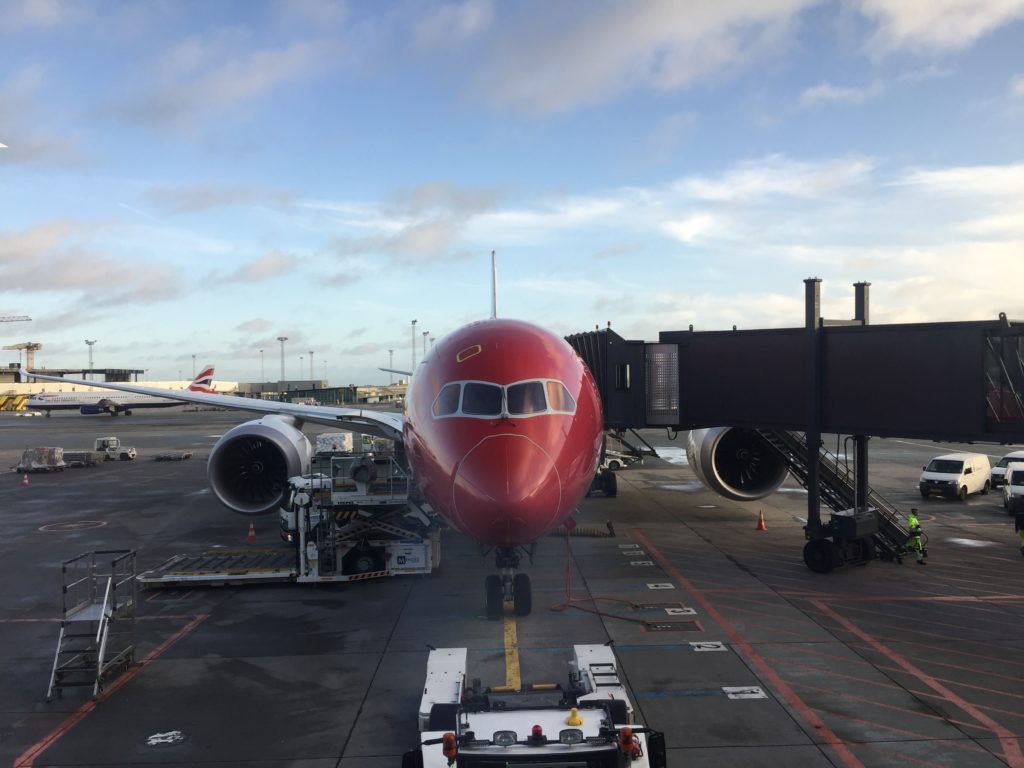
I am on a secret mission, one that has me traveling alone across the Atlantic, over the top of Canada and back into the United States.
My mom is turning 70 on Sunday.
It hit me a few months ago that 70 is a special birthday, a big milestone in my mom’s life; and living in Sweden, I would probably miss it. It was also my parents 45th wedding anniversary this summer and while I thought about them on that day, I didn’t even so much as send a card. And unfortunately, I cannot claim that it was an anomaly. I have never been very good about my parents and siblings’ birthdays. I rarely do more than a phone call or a text. My mom is known for both her generosity and her faithful memory of everyone else’s birthday, so for the first time in my adult life, I felt really sad that I would not be with her to make this birthday a big deal. She certainly deserves it.
A few weeks ago I began talking to my sister Serenity about what the family was going to do to celebrate, and within a few days my sisters, brother and sister-in-law were talking about throwing a surprise party. My brother, a creative chef and caterer with a celebrity list of clients, suggested they throw a Bermudian-themed celebration on my mom’s actual birthday, two weeks before Christmas.
That left me with a difficult decision. Flying to Oklahoma and back to Sweden and then back to Los Angeles for Christmas seemed out of the question, practically and financially. But I didn’t want to miss either the birthday or our planned Christmas trip to Los Angeles.
After much deliberation and even a few conversations with some of my new Malmö friends, I decided to fly out right before the party, surprise my mom who will think I am in Sweden, and then stay with my parents for a week before heading to Los Angeles to spend Christmas with Kip and the kids.
And while I am thrilled to be seeing my mom and my daughter who is flying in from Denver for the party, it was actually a little bit difficult to leave Malmö just as the city begins celebrating its favorite time of year – Christmas.
The decorations are everywhere, advent stars in apartment windows, electric lights hung across streets, wreaths and candles. The grocery stores are packed with interesting specialty Christmas foods that I had never seen before. There are displays of traditional hams and cheese, tubes of what looks like creamy beat salad, pastries and other Jule-time only Swedish delights. Every grocery store has a corner crammed with boxes of chocolates and stacks of thin gingerbread cookies in holiday tins and of course, bottles of Glögg. And most miraculously, all of this Christmas grocery shopping comes without the endless repeating loop of American secular Christmas songs that exhaust the most festive of Christmas shoppers before mid-December.
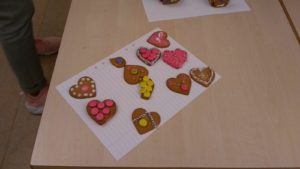
Making Christmas cookies in school.
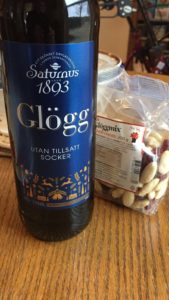
Swedish Christmas drink
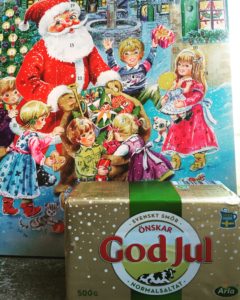
There have also been Christmas events around town, concerts and Christmas markets in the old town. This week there will be St. Lucia celebrations all over Scandanavia, a celebration of light coming into the darkness just as the days shorten to the very darkest of the year on the Winter Solsitice.
It is special, really sweet, and it makes me glad we are planning to stay in Sweden long enough to celebrate Christmas there next year.
This week I got together with several of my new Malmö friends, and I realized that not only am I feeling more comfortable here, but I am putting down roots in the form of friendships, the kind that allow for silly text messaging and hastily planned get togethers. Its good.
And for right now, I am really looking forward to surprising my mom. She knows about the party, which is good because I thought that it might not be entirely a pleasant surprise for her to come home to a house full of people she was not expecting. And she knows that my daughter is flying in for the weekend but as far as I know, she has no idea that I will be there. I am planning to post a picture of Sweden tomorrow on Facebook so she will think I am there Saturday morning. Haha.
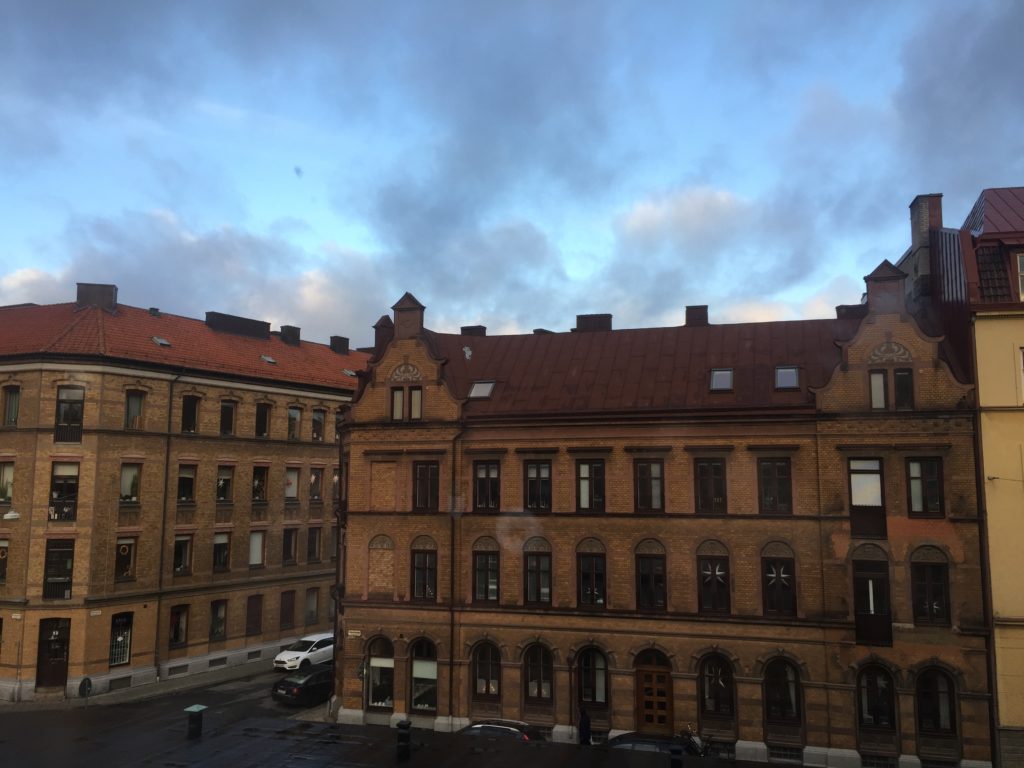
The “view from my window” I posted, as I was on a layover in Los Angeles. LOL
Stay tuned…..

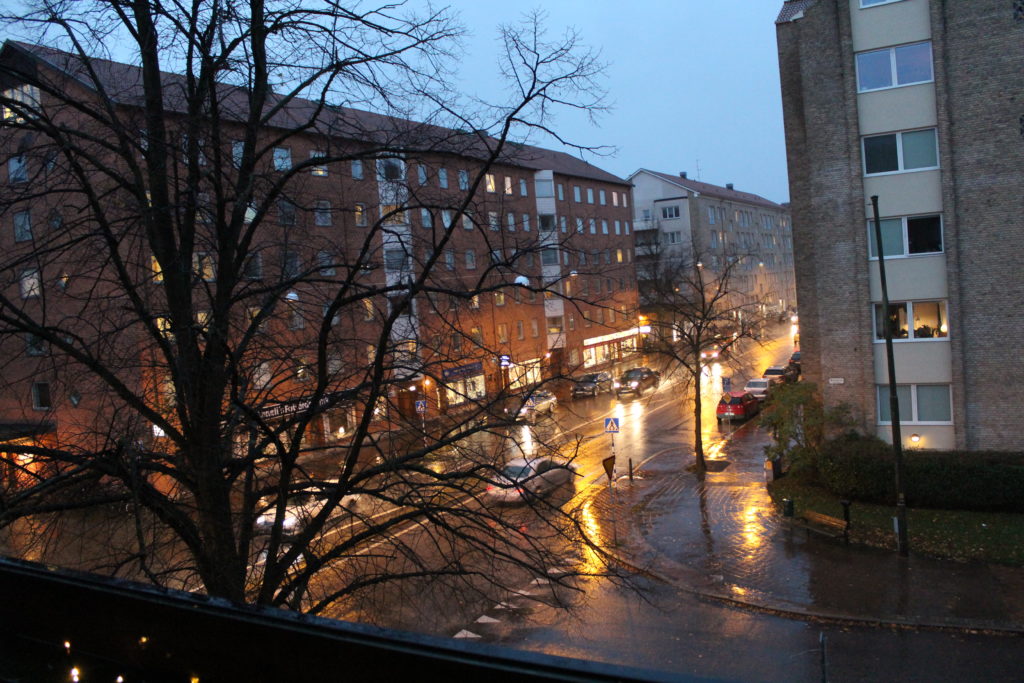
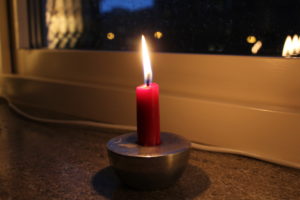
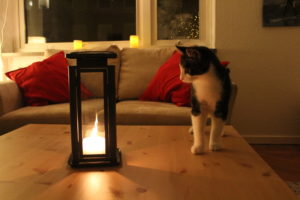
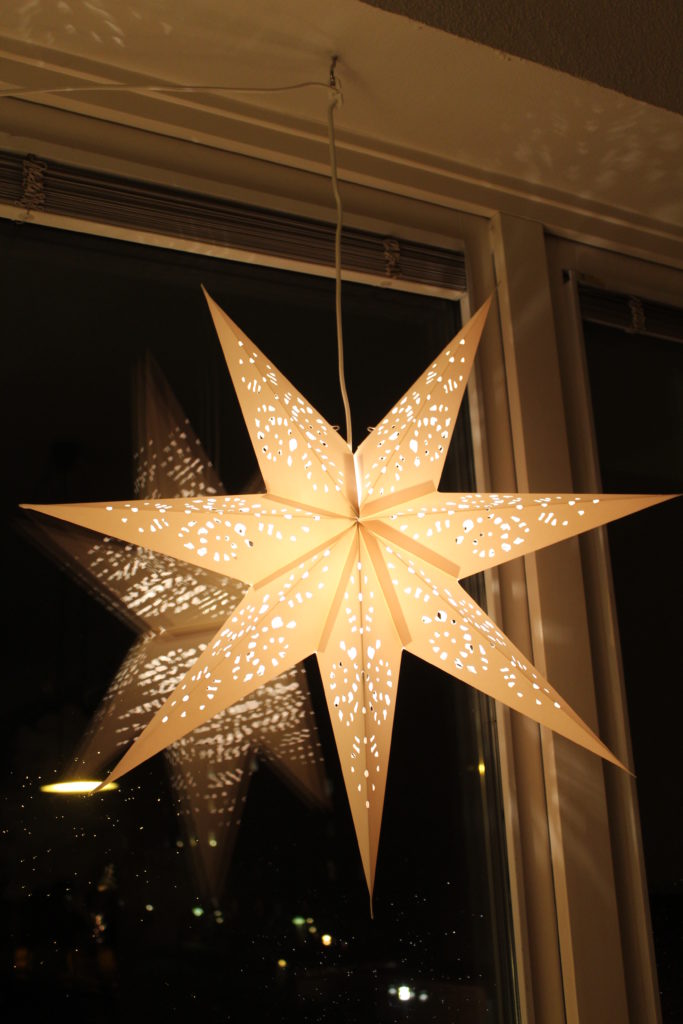

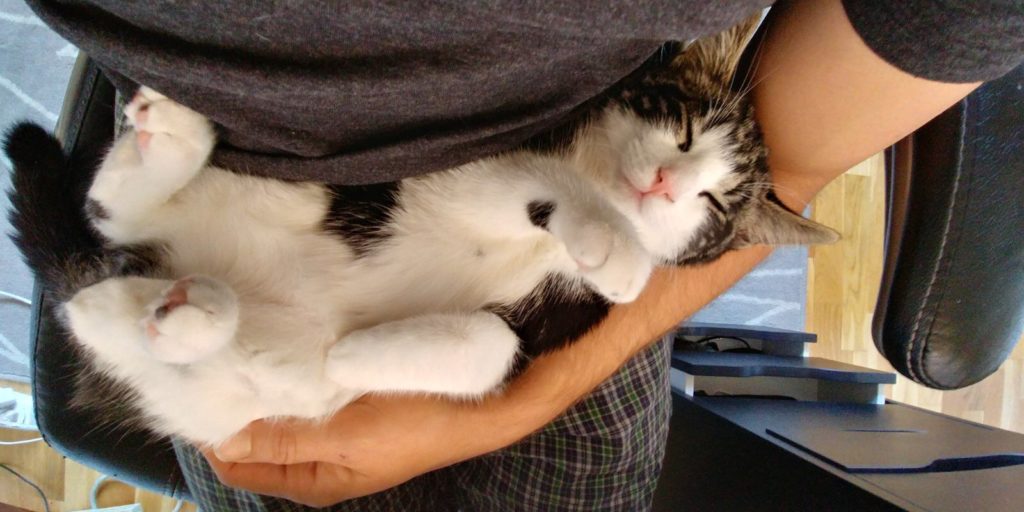




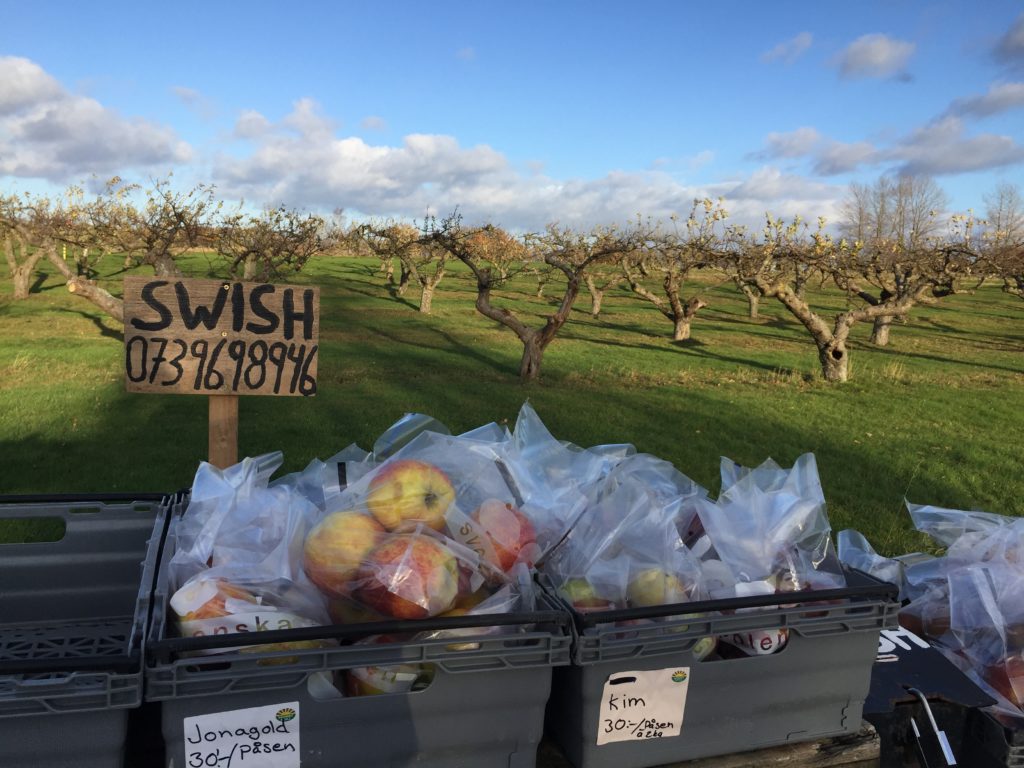
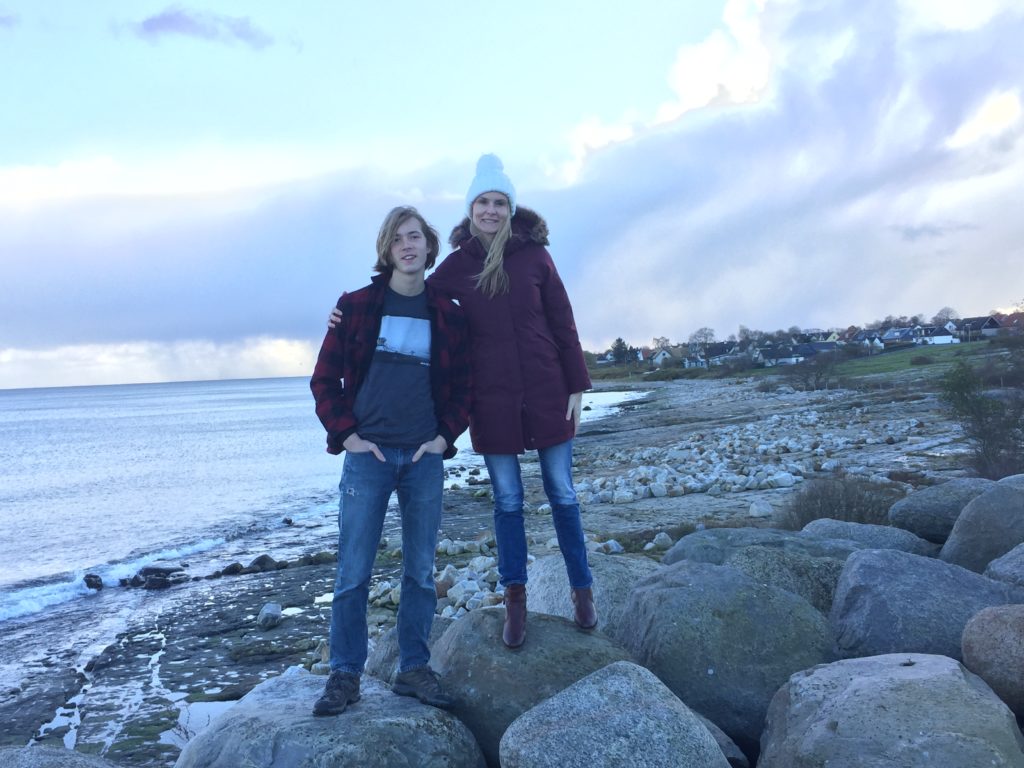
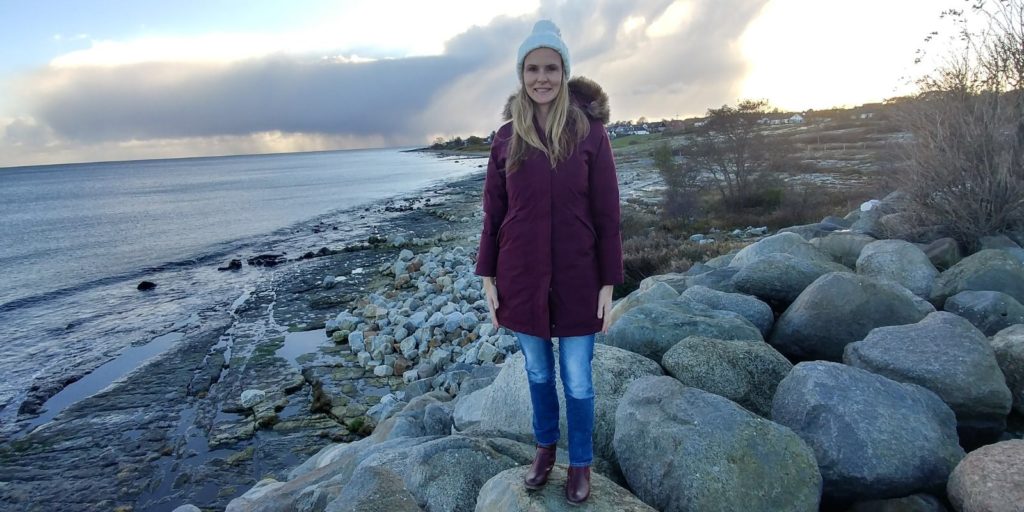
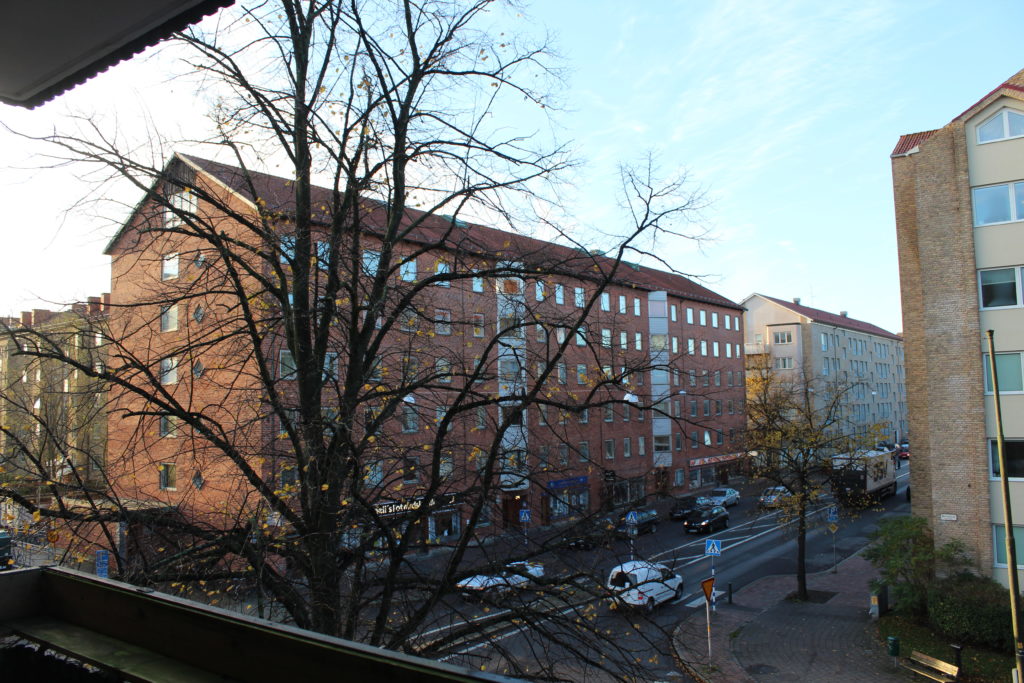
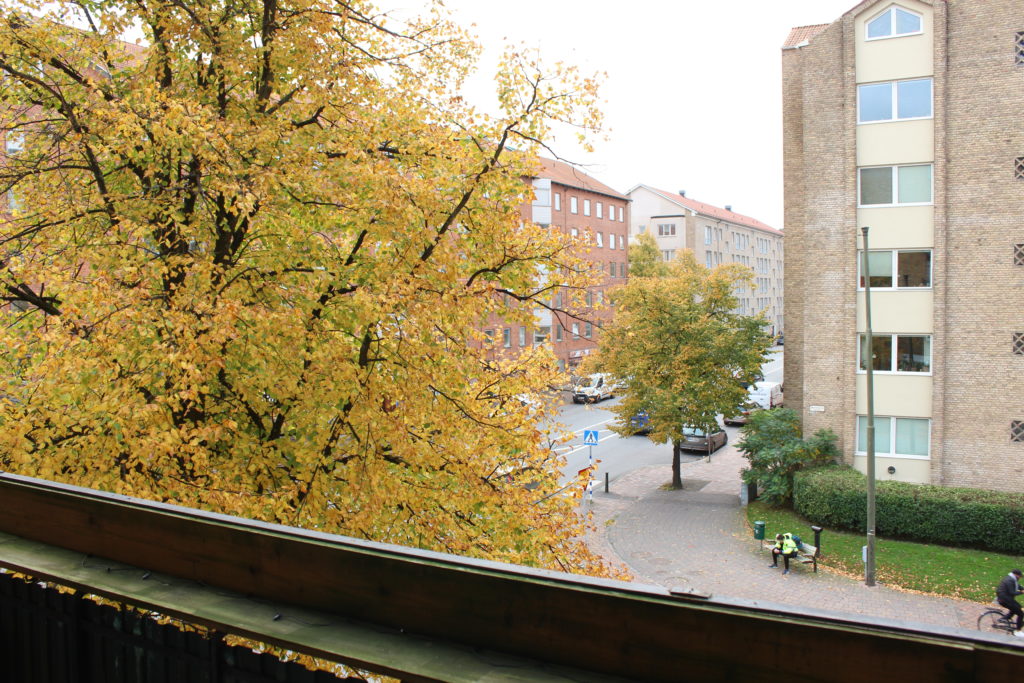
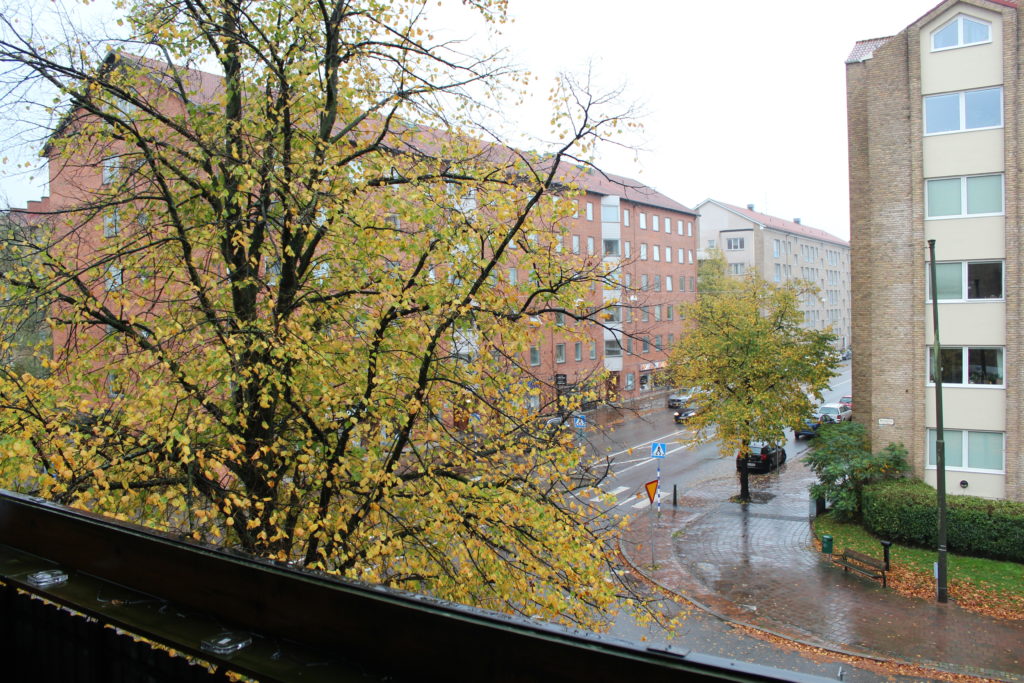
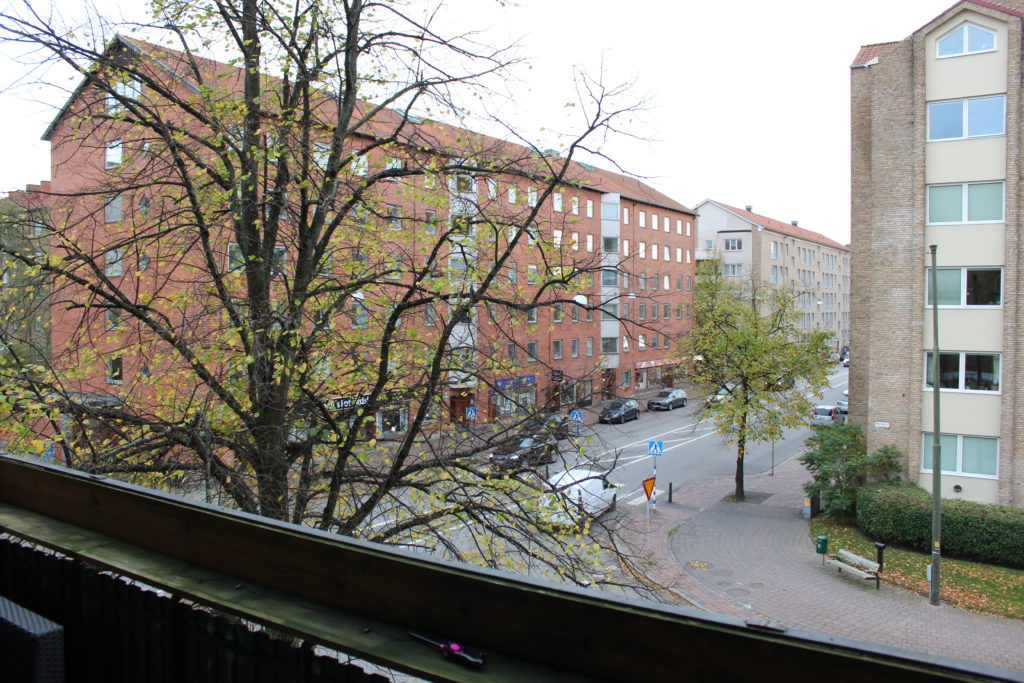




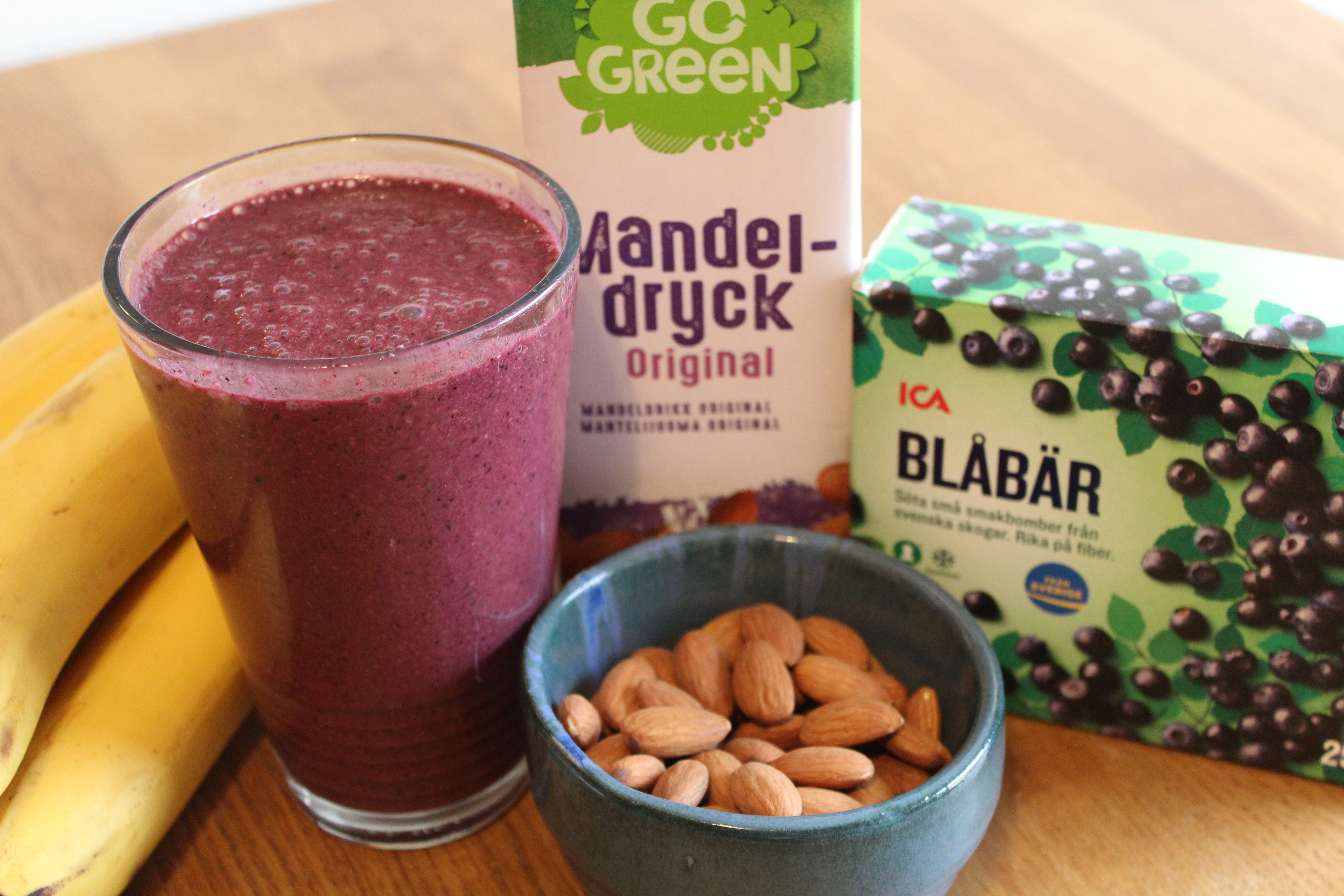 When we arrived in Malmö in June, I felt like I had survived a decluttering marathon. We had lived in our Malibu house for six years. Our kids had literally grown up there, as evidenced by the pencil scratched benchmarks on the kitchen doorway and the two closets full of toys in my son’s bedroom. Sorting through our accumulation of life was not easy.
When we arrived in Malmö in June, I felt like I had survived a decluttering marathon. We had lived in our Malibu house for six years. Our kids had literally grown up there, as evidenced by the pencil scratched benchmarks on the kitchen doorway and the two closets full of toys in my son’s bedroom. Sorting through our accumulation of life was not easy.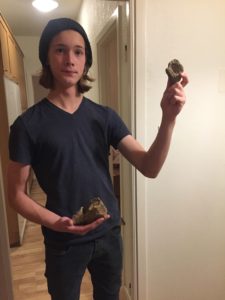
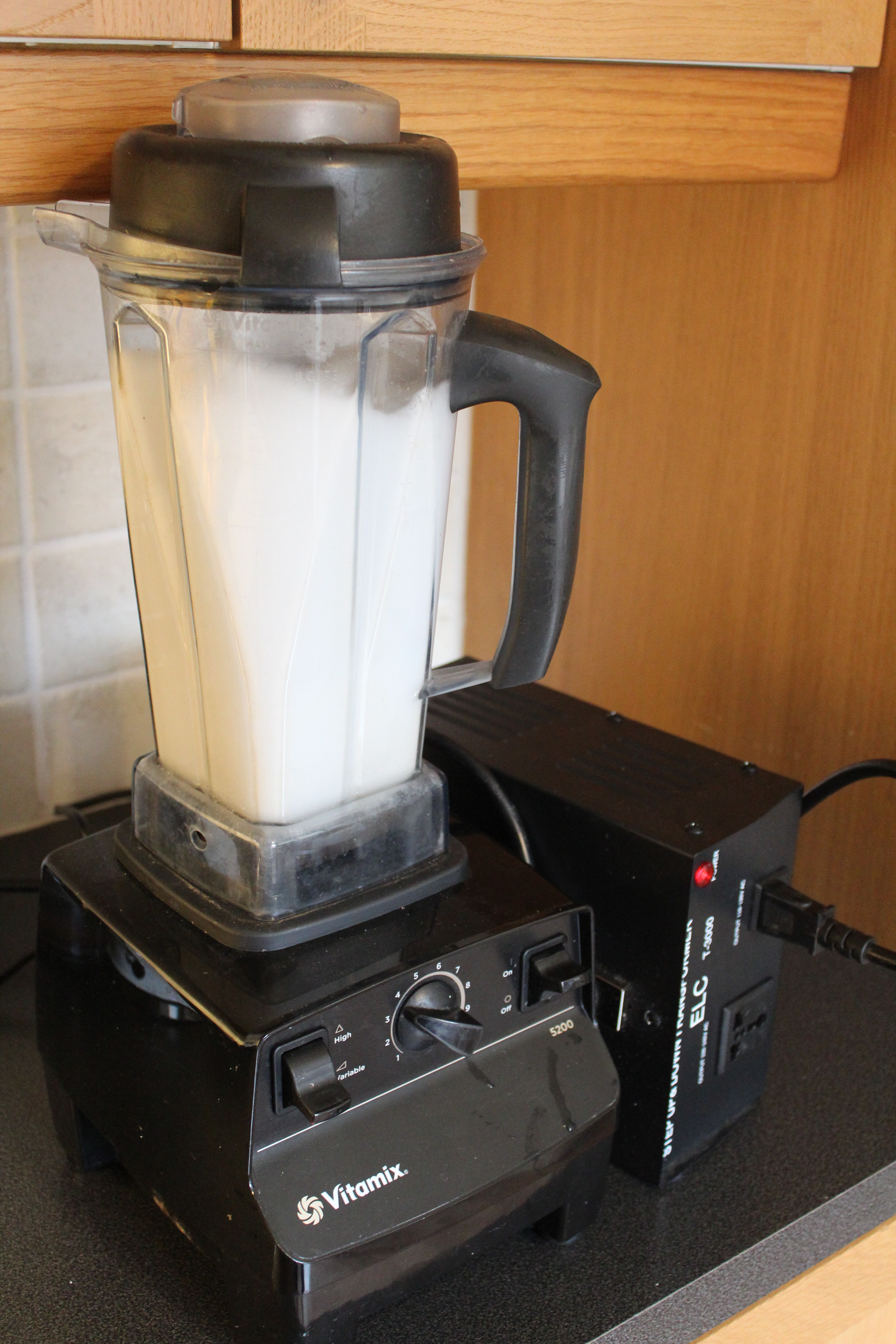 We had to get a huge transformer to make sure we did not burn out the Vitamix engine on the 230 volts piping through our electric outlets here, and after blowing a few power fuses, we have worked out a system to make it run in our Swedish kitchen. It works pretty well.
We had to get a huge transformer to make sure we did not burn out the Vitamix engine on the 230 volts piping through our electric outlets here, and after blowing a few power fuses, we have worked out a system to make it run in our Swedish kitchen. It works pretty well.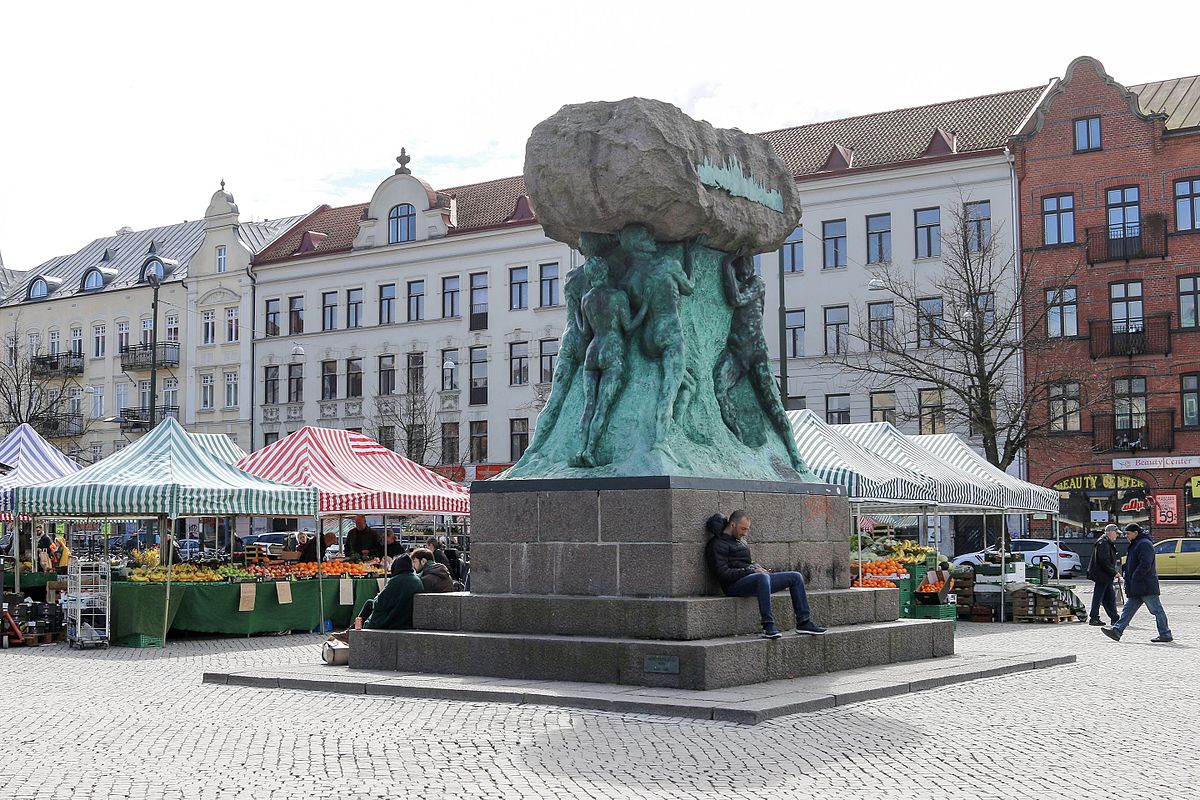 Möllevångstorget, a cobblestone square characterized by The Honor of Work, a giant statue of men and at least one woman holding up a giant rock embossed with the image of an industrialized city, is its own center of Malmö.
Möllevångstorget, a cobblestone square characterized by The Honor of Work, a giant statue of men and at least one woman holding up a giant rock embossed with the image of an industrialized city, is its own center of Malmö.